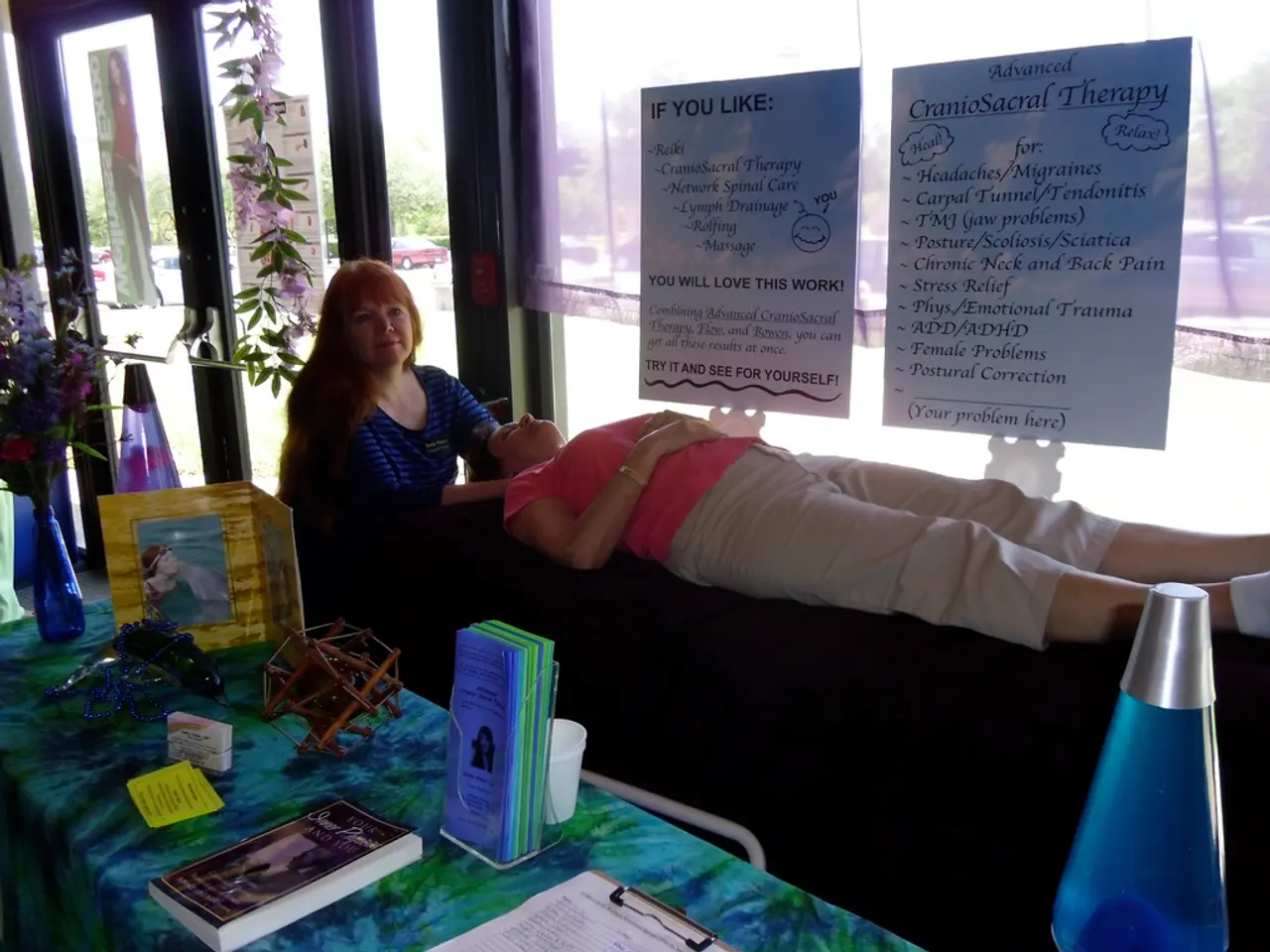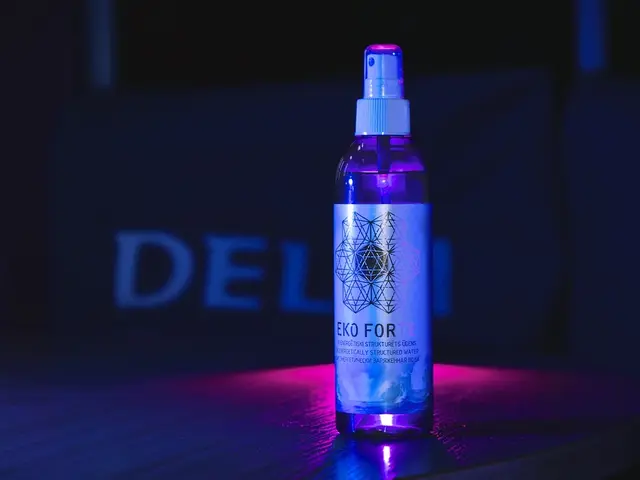Therapy Techniques for Headaches: Applications, Fitness, and Further Insights
Physical therapy has emerged as a promising treatment option for several types of headaches, particularly those with musculoskeletal components such as cervicogenic headaches, tension headaches, migraines, and cluster headaches. Each type of headache requires a tailored approach, addressing the underlying causes to bring relief.
Types of Headaches and Physical Therapy Approaches
| Headache Type | Cause | Physical Therapy Techniques | |---------------------------|---------------------------------------------------------|-------------------------------------------------------------------------------------------------------------------------------------------------| | Cervicogenic Headaches | Originates from neck joint dysfunction or muscle strain | - Manual therapy and joint mobilizations to restore cervical spine alignment- Soft tissue mobilization- Trigger point dry needling- Postural correction and ergonomic training[1][2] | | Tension Headaches | Muscle tension, especially in neck and shoulders | - Manual therapies including massage to deactivate muscle trigger points (MTPs)- Spray and stretch techniques to release muscle tightness- Dry needling of trigger points[1][5] | | Migraines | Complex neurological cause, sometimes with muscle triggers | - Soft tissue mobilization and manual therapy to release neck muscle tension- Trigger point dry needling- Relaxation training and lifestyle modification to prevent recurrence[1][5] | | Cluster Headaches | Severe, cyclical headaches possibly affected by neck/shoulder muscle tension | - Manual therapy targeting neck, shoulder, and upper back muscle tension- Therapeutic exercises individualized to reduce frequency and severity- Postural and ergonomic corrections[2][3] |
Specific Techniques Explained
- Manual Therapy: Hands-on manipulation and mobilization of joints and soft tissues to improve mobility and reduce tension contributing to headache pain[1][3].
- Soft Tissue Mobilization: Techniques such as massage or myofascial release to loosen tight muscles, improve blood flow, and reduce trigger points[1][2][5].
- Trigger Point Dry Needling: Insertion of thin needles into muscle trigger points to release taut areas and alleviate referred pain[1][5].
- Spray and Stretch: Application of a coolant spray to a taut muscle followed by gentle stretching to improve muscle length and function, especially effective for fibromyalgia-related headaches[5].
- Postural Training/Ergonomics: Correcting poor posture and workplace ergonomics to reduce chronic strain on neck and shoulder muscles, improving long-term headache management[1][2].
- Therapeutic Exercise: Exercises focusing on strengthening deep neck flexors, shoulder stabilizers, and upper back muscles to improve spinal alignment and reduce muscle stress[1][3].
- Relaxation and Prevention Strategies: Techniques such as relaxation training, gentle stretching, and lifestyle changes to prevent headache recurrence, especially effective for migraine management[1].
Physical therapy offers a non-invasive, drug-free approach that targets contributing musculoskeletal factors in multiple headache types, helping reduce frequency, duration, and intensity through tailored hands-on treatments and corrective exercises[1][2][3][5].
In addition to the headache types mentioned, other headache types include temporomandibular joint (TMJ) headache, sinus headache, allergy headache, caffeine withdrawal headache, hormonal headache, and thunderclap headache. If you experience new or worsening headaches, it's essential to consult your doctor to determine the best course of treatment for your particular headache type.
[1] https://www.ncbi.nlm.nih.gov/pmc/articles/PMC7565211/ [2] https://www.ncbi.nlm.nih.gov/pmc/articles/PMC7663707/ [3] https://www.ncbi.nlm.nih.gov/pmc/articles/PMC7235724/ [4] https://www.ncbi.nlm.nih.gov/pmc/articles/PMC5598034/ [5] https://www.ncbi.nlm.nih.gov/pmc/articles/PMC7433561/
In the realm of health-and-wellness, physical therapy is scientifically recognized as an efficacious treatment for migraines, targeting neck muscle tension through soft tissue mobilization and trigger point dry needling, while also incorporating relaxation training and lifestyle modifications to prevent recurrence.
By employing specific techniques like manual therapy, soft tissue mobilization, trigger point dry needling, and postural correction, physical therapy offers a drug-free approach for managing cervicogenic headaches, reducing neck joint dysfunction and muscle strain.




